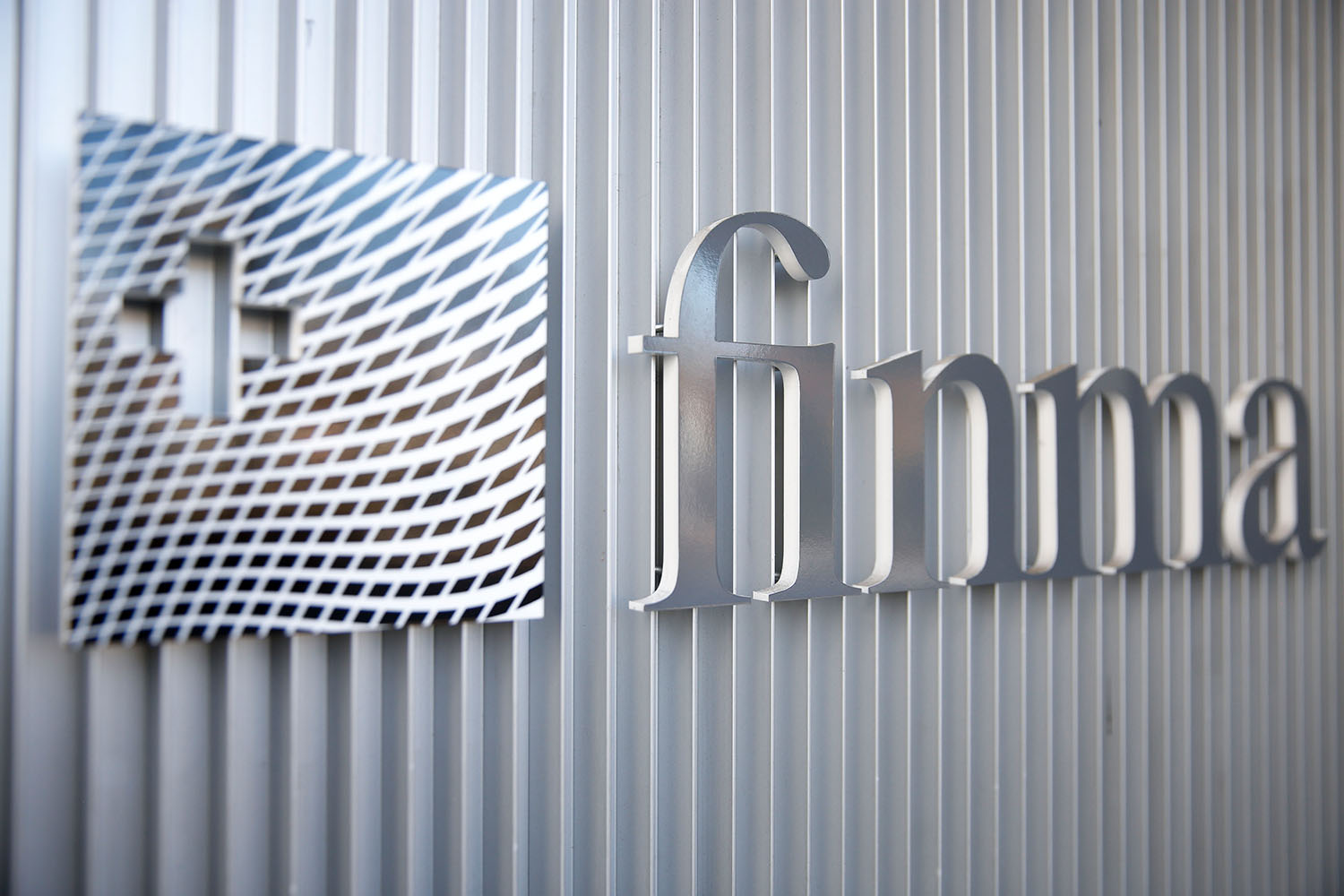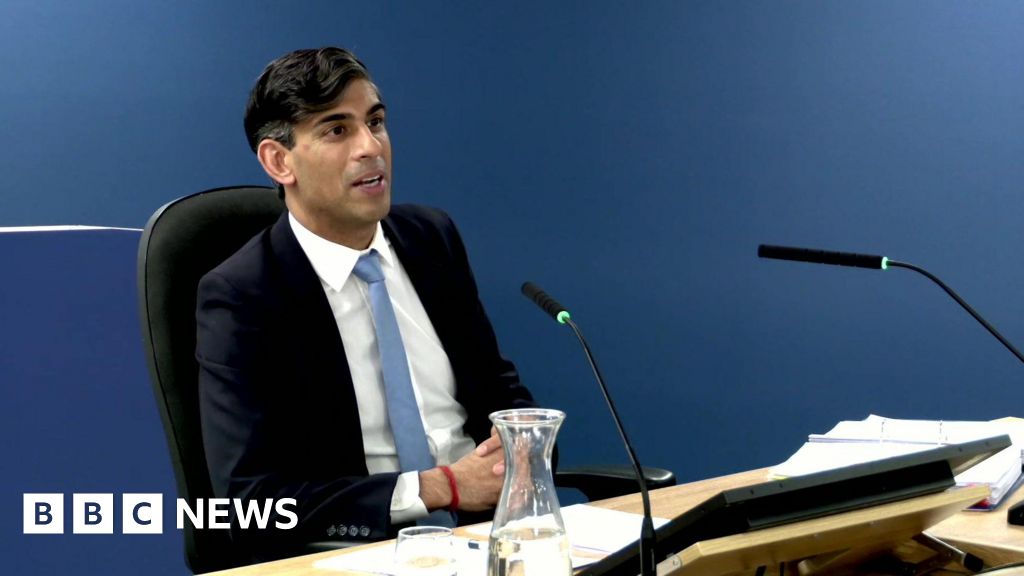
Swiss regulator FINMA releases new guidance on stablecoin issuance
- Economy
- July 28, 2024
- No Comment
- 119
Please note that we are not authorised to provide any investment advice. The content on this page is for information purposes only.
The Swiss regulator, the Financial Market Supervisory Authority (FINMA) released new guidance on stablecoin issuance earlier today, July 26. The document has added details regarding default guarantees and associated risks, and it highlights increased risks regarding money laundering. Furthermore, FINMA also defined its approach to regulating stablecoins.
Details of FINMA’s new stablecoin guidance
Stablecoins have made a massive leap in development over the past seven years, from Tether (USDT) becoming a common stablecoin in the crypto industry, to the development of other stablecoins, and eventually, the creation of CBDCs. In the last few years, they also gained significance in Switzerland, with many active projects currently available.
Their goal is to offer a low-volatility payment method that uses blockchain technology for faster and cheaper transfers. FINMA has been trying to regulate the use of stable cryptocurrencies, formerly addressing multiple concerns in its supplement to the 2019 ICO guidelines.
In the document, the regulator said: “As described in the supplement to the ICO guidelines, projects in connection with stablecoins usually pursue the goal of providing a means of payment with low price volatility on a blockchain.”
However, the guidance also outlines different aspects of financial market law pertinent to stablecoins, as well as their potential impact on regulated financial institutions. Now, FINMA also emphasized increased risks of money laundering, terrorism financing, and even sanction evasion.
All of these activities could be performed using stablecoin projects, and the risks pose major reputational and other challenges for the country’s financial sector.
Commenting further on the matter, the regulator said that it wishes to draw attention on the increased risks, as it observed that some stablecoin issuers in the country use default guarantees from banks. This could potentially allow them to avoid the need to go to FINMA for a banking license.
Both banks and stablecoin holders are at risk
The regulator further stressed that the current arrangement represents risks for both the banks providing the guarantees, as well as for stablecoin holders. This is why FINMA issued new guidance, which has brought the regulator’s own minimum requirements for default guarantees.
According to FINMA’s statement, the new minimum requirements will help safeguard depositors but are also applicable to stablecoins.
The regulator has high concerns regarding money laundering, and earlier this year, it even reviewed the money laundering risk analysis of more than 30 Swiss banks. The review came after repeated shortcomings encountered during on-site inspections.
FINMA said that the encountered issues included inadequate definitions regarding risk tolerance, but also missing structural elements that are considered essential for risk analysis. The regulator responded by releasing the new guidance, seeking to address the deficiencies and increase transparency.
#Swiss #regulator #FINMA #releases #guidance #stablecoin #issuance









